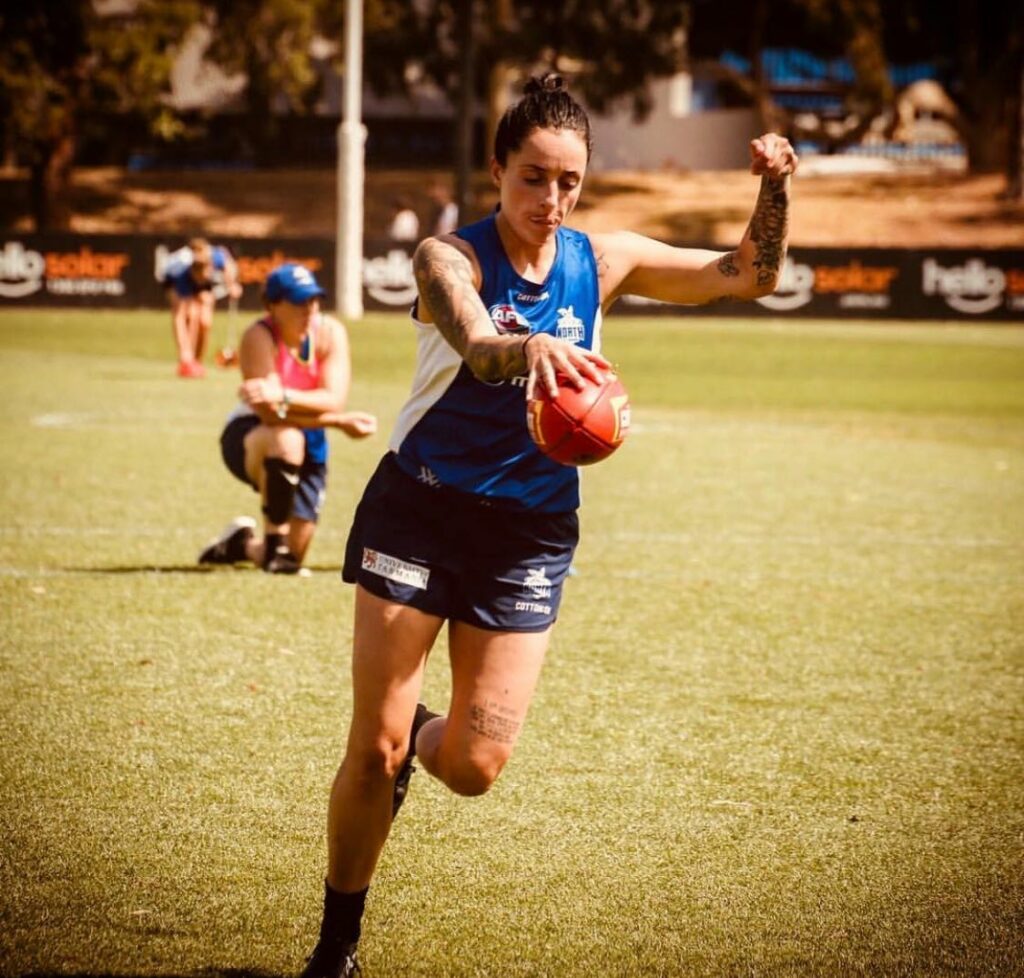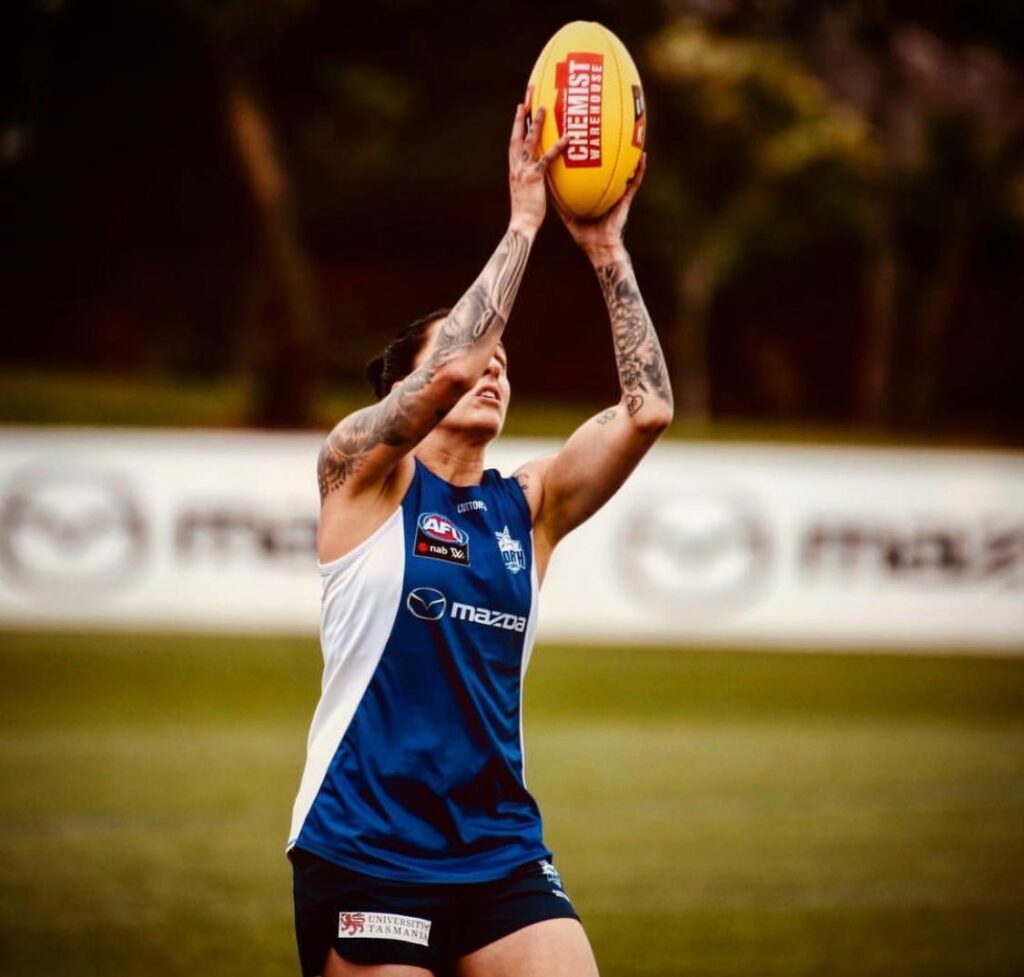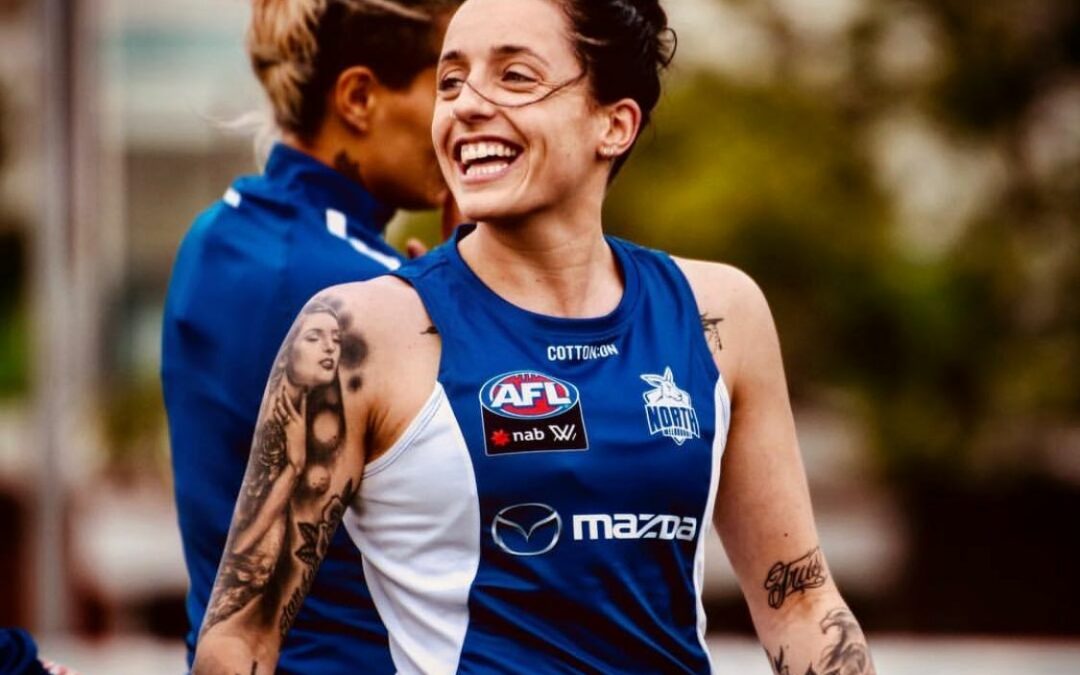Since the introduction of women’s AFL in 2017 we have seen a large increase in the numbers of girls from as young as 12 participating in AFL as their sport of choice. With the 2019 kicking off it’s time to start thinking about how to best set yourself up for an injury free season.
Research into injuries at elite male AFL level has been conducted for decades and thus protocols for pre-season testing have been implemented to reduce the risk of injury and the number of games missed per season for many years. For women, these studies become somewhat irrelevant as we have a different hormonal and anatomical make up, and hence a different incidence of injuries.

For example, females are reported to be 4 times more likely to sustain an ACL injury than their male counterparts. Perhaps one of the major differences between ACL injuries in males and females is that females tend to sustain non-contact ACL ruptures as a pose to men who are reported to have a higher incidence in contact related ACL injuries. In fact, 93% of ACL injuries in the female athlete are non-contact. So, when it comes to comparing male ACL injuries to female ACL injuries, the data doesn’t add up.
Previous research into elite female netballers has allowed AFL clubs to implement existing training programs for injury prevention into their preseason. Agility may be considered one of the primary movement skills needed for successful participation in both netball and AFL and therefore forms an important component of training. Incorporating pre-season agility training is important for females to allow better pro-prioception and confidence in motor control when changing direction or speeds suddenly. Adding plyometric exercises, such as jumping, as well as balance drills, may help to improve neuromuscular conditioning and muscle reaction times. This enables you to be more responsive to movement change and quicker at it too. In turn, this may reduce the incidence of ACL injury in a female athlete.

Finally we come to hormones and the role they play in injury management in the female athlete. A study into the incidence of ACL injuries in female soccer players found that the firing rates of nerves controlling muscle activity were much higher in the week before a woman’s next period compared with earlier in the menstrual cycle. In addition to being more susceptible to injury, ligaments have also been shown to undergo a decrease in proprioceptive properties at particular times in the menstrual cycle. This change might not be directly linked to specific hormone levels, but rather to accessory phenomenon such as associated fluid retention that affects sensory feedback from the mechanoreceptors in the muscle.
Another study identified that that 26 of 37 athletes tested tore their ACLs during the follicular phase of the menstrual cycle. The follicular phase starts on the first day of menstruation and ends with ovulation. This leads us to think that ACL injuries are not purely random and may reflect on levels of circulating female sex hormones. So, having a knowledge of your menstrual cycle when setting training programs, may become highly significant for you.
Given the vast difference between males and females, it is important that coaches and support staff are aware of each individual player’s medical history and the significance of the menstrual cycle to injury prevention. Load management and extra pre-caution should be taken during this follicular phase of menstruation and thus working with a supportive team is pivotal in your success and injury prevention.

For more information on how to monitor your training around your menstrual cycle, call the centre (03 5251 5724) and book a consultation with one of our female health practitioners today.
(Photos of North Melbourne player Jessica Trend have permission to be present on this blog.)
